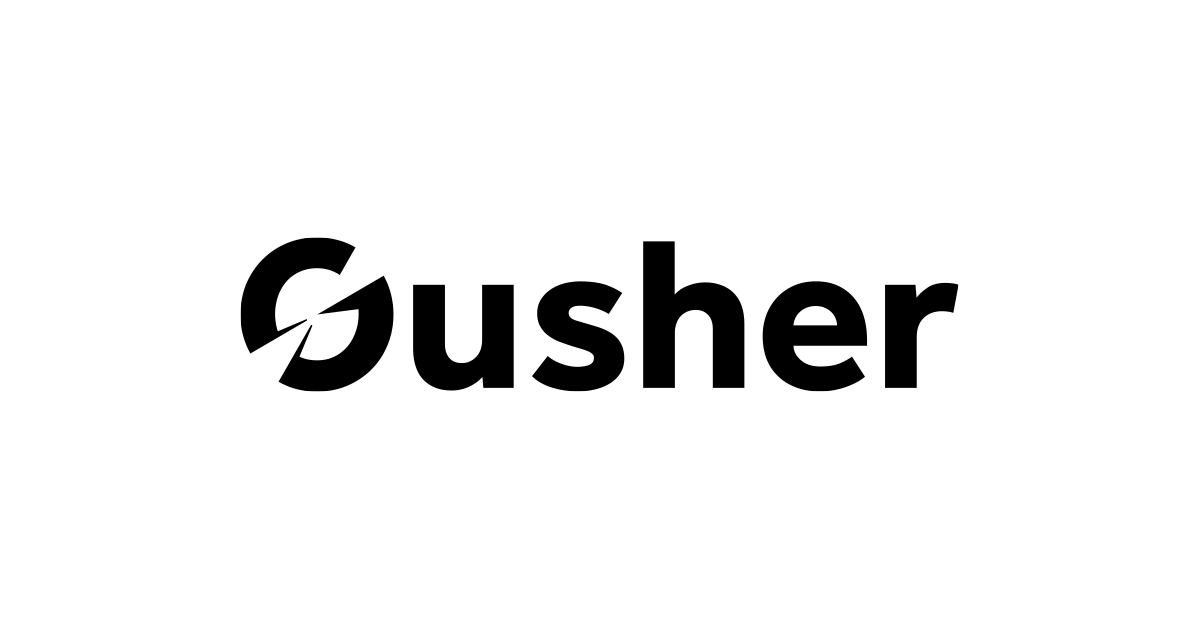
I'm Basil Krikelis, and am based out of Wilmington, Delaware, USA. My background is Intellectual Property law. I've been founder of 3 companies and involved with numerous businesses ranging from solo entrepreneurs to large scale Fortune 500 companies.
The idea for CraveWave was originated from a problem that is in many regions across the globe. In Wilmington, Delaware it's difficult to get lunch delivered without having to pay an exorbitant premium charge for the delivery. The minimum delivery charges are high, and a reasonable lunch simply can't be delivered without a premium price tag. A standard problem for many people in many areas.
What if there was a way to make restaurant food delivery more affordable for everyone that would also make restaurants more profitable? I think there is a way to do this by taking advantage of technology and doing some things differently.
It's too expensive to get restaurant food delivered.
Most restaurants have excess capacity at many times throughout the day. Most food deliveries have excess capacity during each delivery trip. The solution is to take advantage of this excess capacity by offering ephemeral deals directly to the consumers based upon aggregating demand. This will increasing the volume of both the restaurants and the delivery making the restaurants more profitable while increasing their customer base. Consumers win from having discounted pricing that otherwise wouldn't exist.
A restaurant has fixed labor costs at any moment in time and variable food costs. For example, if a restaurant makes one hamburger in ten minutes or two, the labor cost is the same during this period and the food cost is twice. The profitability of making 2 hamburgers vs 1 hamburger in the same amount of time will be greater. By increasing production to align with production capacity, a restaurant could offer temporary or ephemeral discounted deals on food for sales that otherwise wouldn't have occurred and that do not cannibalize existing sales. These ephemeral or fleeting deals are very rapid and short lived. Just like waves.
How would this work? For example, let's say a delivery order is made for 3 sandwiches and 2 fries, and another order comes in for 1 sandwich and a bag of potato chips. The two orders have a delivery time of approximately fifteen minutes total... 5 to the first location and 5 minutes to the second and 5 minutes back to the restaurant, or a 15 minute loop. Along this loop the delivery driver passes many potential customers in residences and businesses.
With the CraveWave platform the following would happen on the restaurant side:
With the CraveWave platform the following would happen on the Customer side:
With the CraveWave platform the following would happen on the delivery side:
1) The delivery person would make more deliveries along their route and maximize earnings
Home food delivery is a $43 Billion market this year and expected to grow to $76 Billion by 2022. Morgan Stanley states online food delivery is a $210 Billion market opportunity with the vast majority, 60%, being pizza. People want more than pizza... they want great options at a great value.
CraveWave has challenges in technology and marketing that are able to be accomplished with the right people. Aggregating demand tied to varied restaurants with flexible routing systems is no small task. But it is able to be done and the technology exists albeit in separate ways. Taking these existing technologies, artificial intelligence, machine learning, GPS routing, capacity management, and looking at them in a different way while also creating new technology to wrap these together takes vision and ability. They key for the CraveWave team is making a seamless system that is easy to use and offers value to all parties involved.
There's many competitors in this landscape. Ranging from GrubHub to Yelp and everything in between. Yet the majority of them are linear aggregation, meaning they act as a hub and deliver food from numerous restaurants and provide one stop ordering for the customer. But, they do nothing "smart" other than standard tracking and ordering. For a system to be truly valuable it must take into account each individual unique business that is part of the network or platform and bring completely new revenue streams. CraveWave differentiates itself from the competition by not being just another order and delivery hub, but yet a new way to get special deals on food based upon real time aggregation of demand within extremely short time periods that otherwise would not exist. Because of this CraveWave brings new business, new customers, and orders that otherwise would not have occurred. CraveWave creates new orders from orders.
The CraveWave platform will tie into existing POS systems at the retail level and will be web and app based for the the consumer.